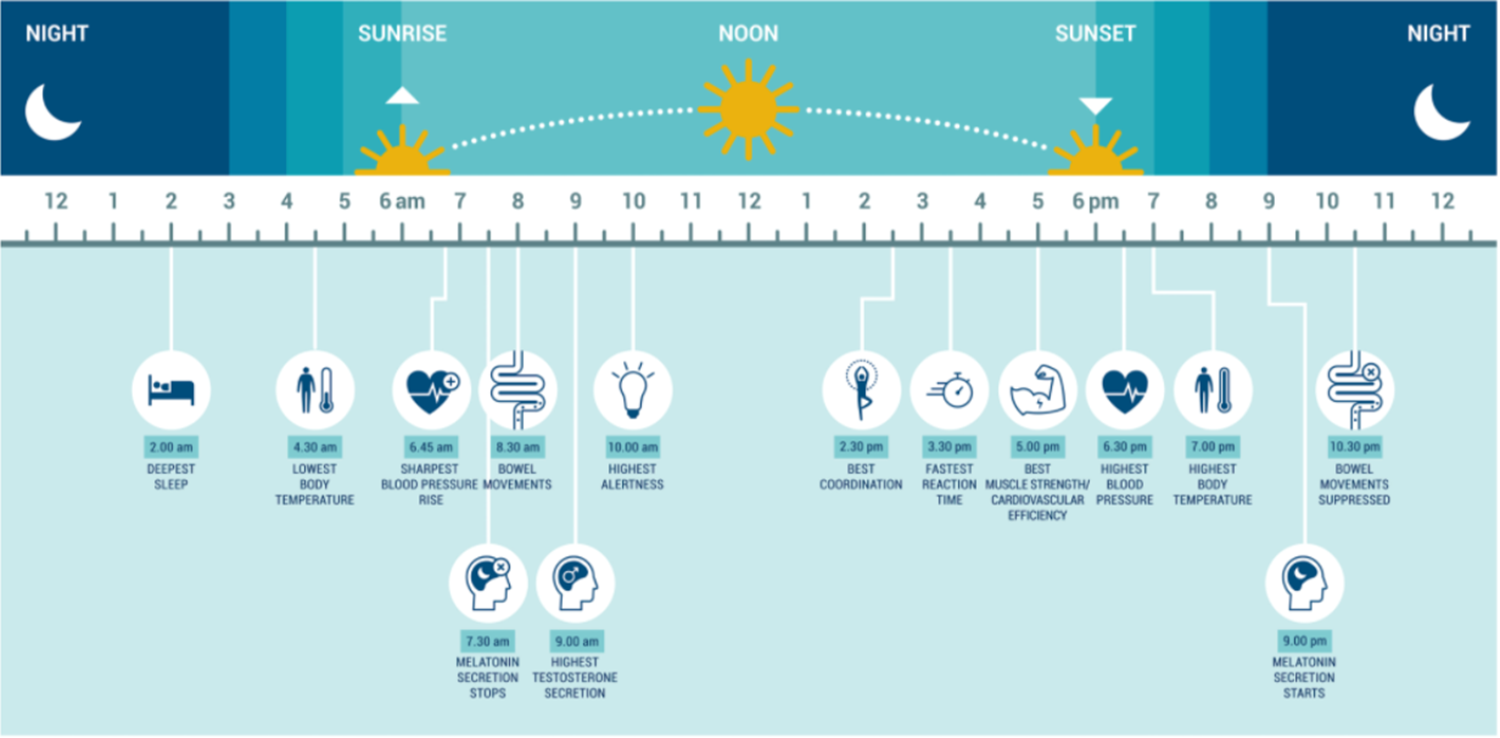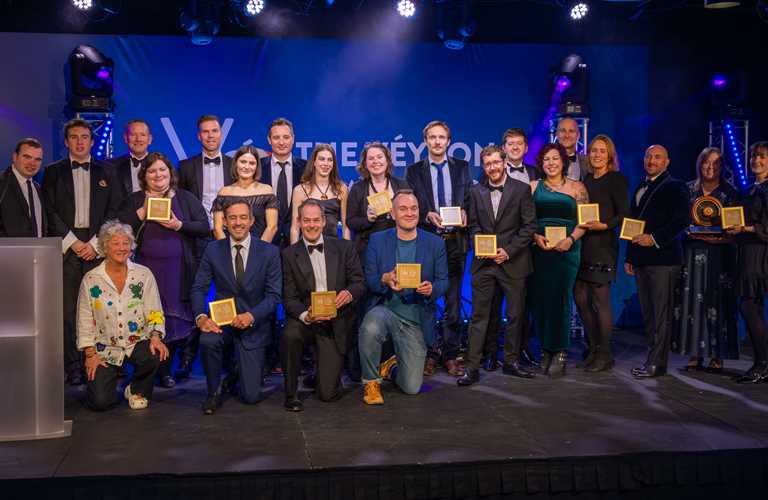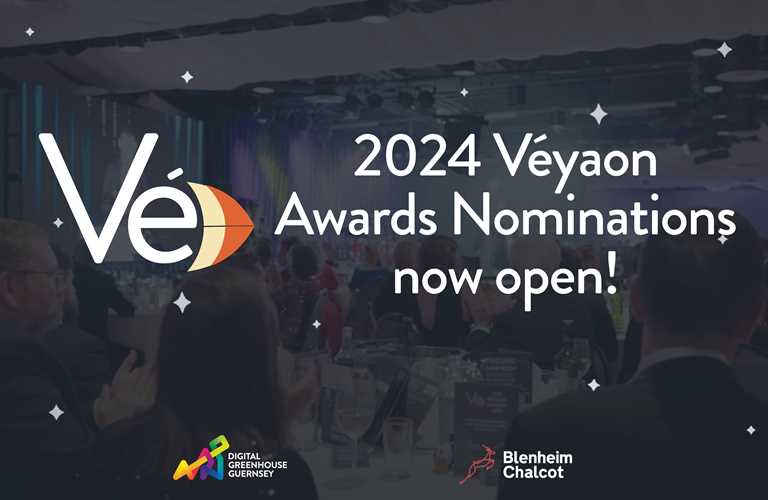Why prioritise a well rested workforce?
In March we were joined at the Digital Greenhouse by Daniel White, Co-Founder of Sleep Better Live Better and Richard Hanrahan, CEO of Agilisys, to explore the data collected by a collaborative sleep study by Daniel and Agilisys. The common theme of this study was to harness the power of the circadian rhythm, which has no doubt been thrown off by the vast amount of technology that surrounds us. In this study, every participant was given a pair of Sleep Better Live Better light blocking glasses and a routine to follow, and at the end of the study overall sleep scores had improved by 44% on average. Before the study, 86% of participants felt that they had a problem with their sleep, with 75% of them often waking up feeling unrefreshed and 70% being kept awake at night by anxious thoughts. The mix of stress and blue light was affecting every participant but it was only after participating that the causes were addressed.
What is a circadian rhythm?
The circadian rhythm is our 24-hour internal clock that regulates many bodily functions such as sleep, metabolism, digestion, hormones, immune system, cognition and neurobehaviour. This clock works with the rise and fall of the sun to decide when to function optimally. Because of this rhythm our alertness level dips and rises throughout each 24-hour period, with on average, people feeling tired just after midnight and during the afternoon (more commonly known as the afternoon slump.) These peaks and wanes differ from person to person, commonly falling into the 'Lark' and 'Owl' categories. These terms refer to the usual time people retire in the evening and wake up in the morning, early risers are called 'larks' and are more active in the morning, while those that sleep later and remain active past midnight are called 'owls'.
Almost every cell in your body follows a 24hour clock, and nearly 80% of your genes function in a light-dark cycle. these 'clock genes' are controlled by the suprachiasmatic nucleus (SCN) a group of nerve cells in the hypothalamus that acts as a master clock. During our hunter-gatherer days, this allowed our bodies to adjust to the seasons but in today's modern society the constant availability of electrical lighting and food can override the natural cycle and disrupt our sleep patterns.
“Humans are not sleeping the way nature intended. The number of sleep bouts, the duration of sleep, and when sleep occurs have all been comprehensively distorted by modernity.”
― Matthew Walker, Why We Sleep: Unlocking the Power of Sleep and Dreams
Sleep is a business issue
A good night's sleep increases well being, but it can also boost productivity, creativity and innovation within your team. As organisations expand and scale their operations across continents, this often results in early starts and late finishes. This situation is often strained by the increase in competitive threats creating strain on workforces to stay on top of business as usual while faced with the ever-changing landscape of disruption. In our 'always-on' society, when something has to give, it is often our sleep that is sacrificed first. With the constant barrage of emails, projects and initiatives it's no wonder that the workforce tends to struggle. A sleep-deprived team may suffer from cognitive impairment, heightened emotions and conflict, burnout and poor judgment/decision making, absenteeism and presenteeism. With accidents being more likely and the risk of chronic health issues arising.
Sufficient sleep will generally help your workforce feel more relaxed, less anxious and productive. Sleep may in fact, be the ultimate performance enhancer to help your team be happier, more engaged and creative.
Steps to foster a sleep-first culture in your workplace
- Provide a workspace that offers plenty of natural light. Give your team the ability to adjust the light in their environment if possible.
- Reduce after-hours emails and discourage after-hours zoom calls. To eliminate the blue glow of computer screens, set up a nighttime screen if absolutely necessary, or switch from video calls to a good old fashioned phone call.
- Create a safe space to make behavioural nudges to encourage good habits with social proof platforms, and forums where employees at all levels can share stories/data about getting better sleep. These behaviours can also be rewarded with company initiatives, rewarding employees for healthy behaviours.
- Address the workplace culture, from the top down. Your hard work at creating a sleep culture will go nowhere if the people in your organisation aren't interested in your new vision. If they lack the behaviours/attitudes needed to change what they do and how they do it, your transformation isn't likely to succeed. Address the key pillars of your workplace culture, the structure, people and ways of working all matter.
Get Sleep Better Live Betters free guides here

Circadian rhythm diagram


